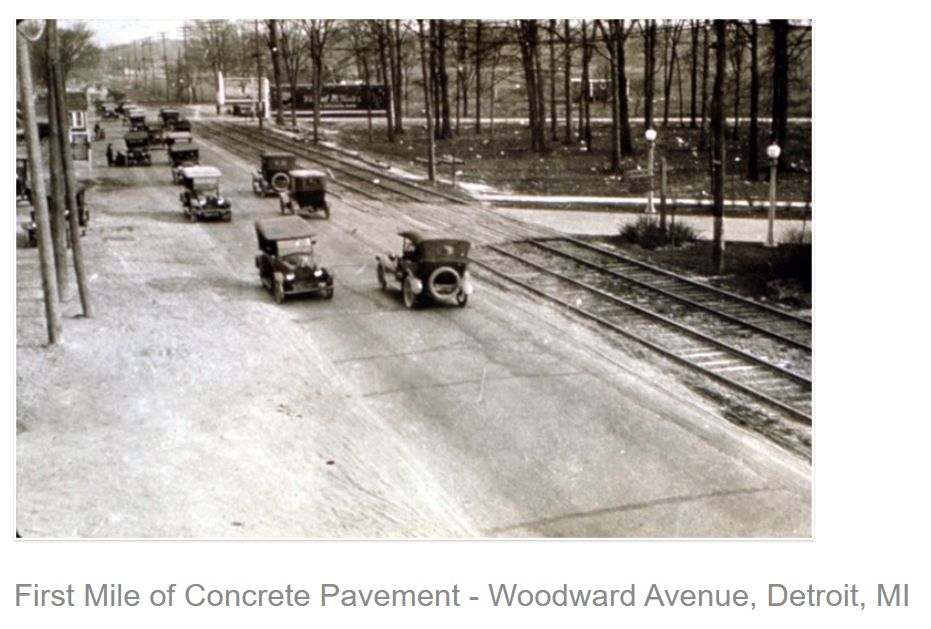Woodward Avenue is not just an important Michigan roadway, it is a historic and even iconic piece of Americana. The 27-mile-long artery running from Detroit to Pontiac was first paved road in America in 1909 and played host to the annual Woodward Dream Cruise, considered to be “the largest single-day automotive event in the world.”
Unsurprisingly, given its high profile and strategic location in the dynamic Southeast Michigan market, Woodward is also one of the most impactful and desirable retail corridors in the region. Woodward runs through some of the area’s most important Detroit suburbs and thriving neighborhoods, and understanding the unique dynamics of this fascinating roadway is essential for anyone looking for commercial real estate opportunities in the region.
On the road
A popular location for a wide range of retail and restaurant tenants, space along the Woodward corridor is in high demand. Woodward doesn’t just run through some of the most dynamic communities in Oakland County but offers proximity and access to Midtown and Downtown Detroit.
In many ways, Woodward is the cultural axis of Metro Detroit, a coveted address that offers the prestige and visibility that many retailers desire. That reputation as metro Detroit’s “Main Street” is arguably the greatest benefit for businesses: residents in the region immediately recognize a Woodward address.
Neighborhood nuance
One of the distinguishing characteristics about Woodward is that it passes through or runs adjacent to so many different neighborhoods, from Ferndale and Royal Oak, to Clawson, Berkley and Birmingham. While these neighborhoods are more alike than different, and each has a strong sense of community, there are subtle neighborhood dynamics and nuances that retailers should understand when looking for a new location or expansion opportunity.


